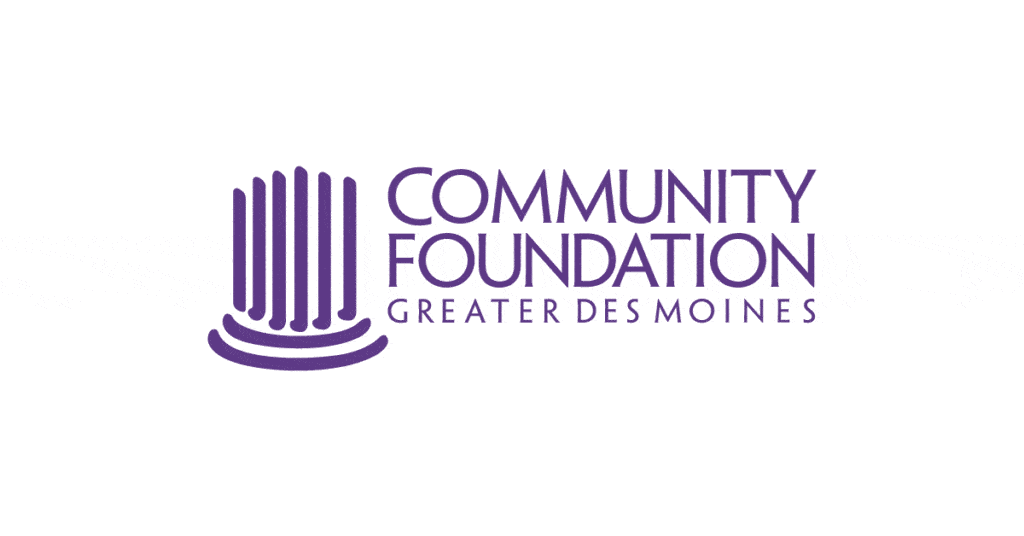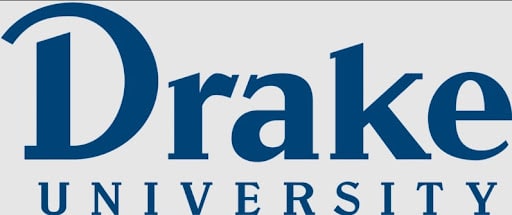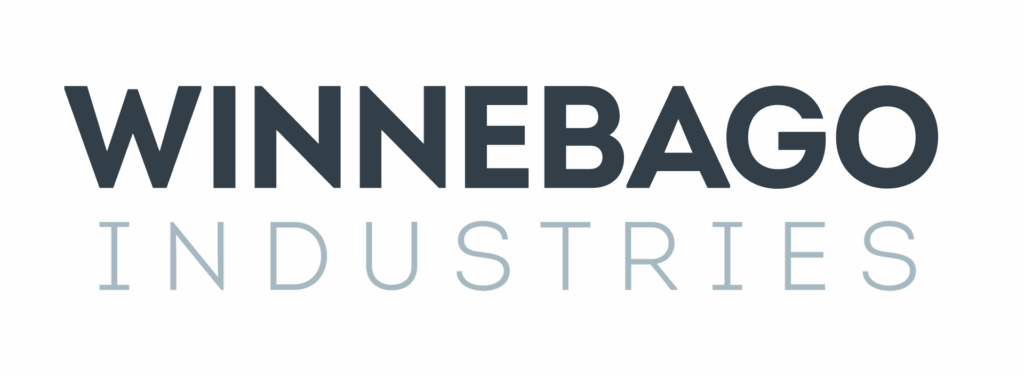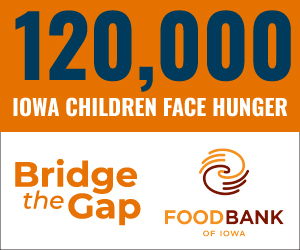Business Council’s Q4 outlook shows increased optimism despite lingering worries about workforce and supply chain

MICHAEL CRUMB Jan 6, 2022 | 5:15 pm
3 min read time
674 wordsAll Latest News, Economic Development, Retail and BusinessDespite increased confidence, hiring remains a top concern in the first half of 2022 with little improvement expected in supply chain disruptions, according to the Iowa Business Council’s fourth-quarter Economic Outlook Survey released today.
The index ranking is based on an average of a formula the Business Council uses to measure performance in sales, capital spending and employment over the next six months. An index score over 50 indicates positive sentiment. The fourth-quarter index measured 68.86, up from 65.41 the previous quarter. It was the highest score since the second quarter of 2018, and was the sixth consecutive quarter where the index measured above 50.
The Business Council is a nonprofit, nonpartisan organization made up of 22 decision-makers of the state’s largest companies.
Not only was the overall index score higher, the individual components of the survey all showed improvement as well.
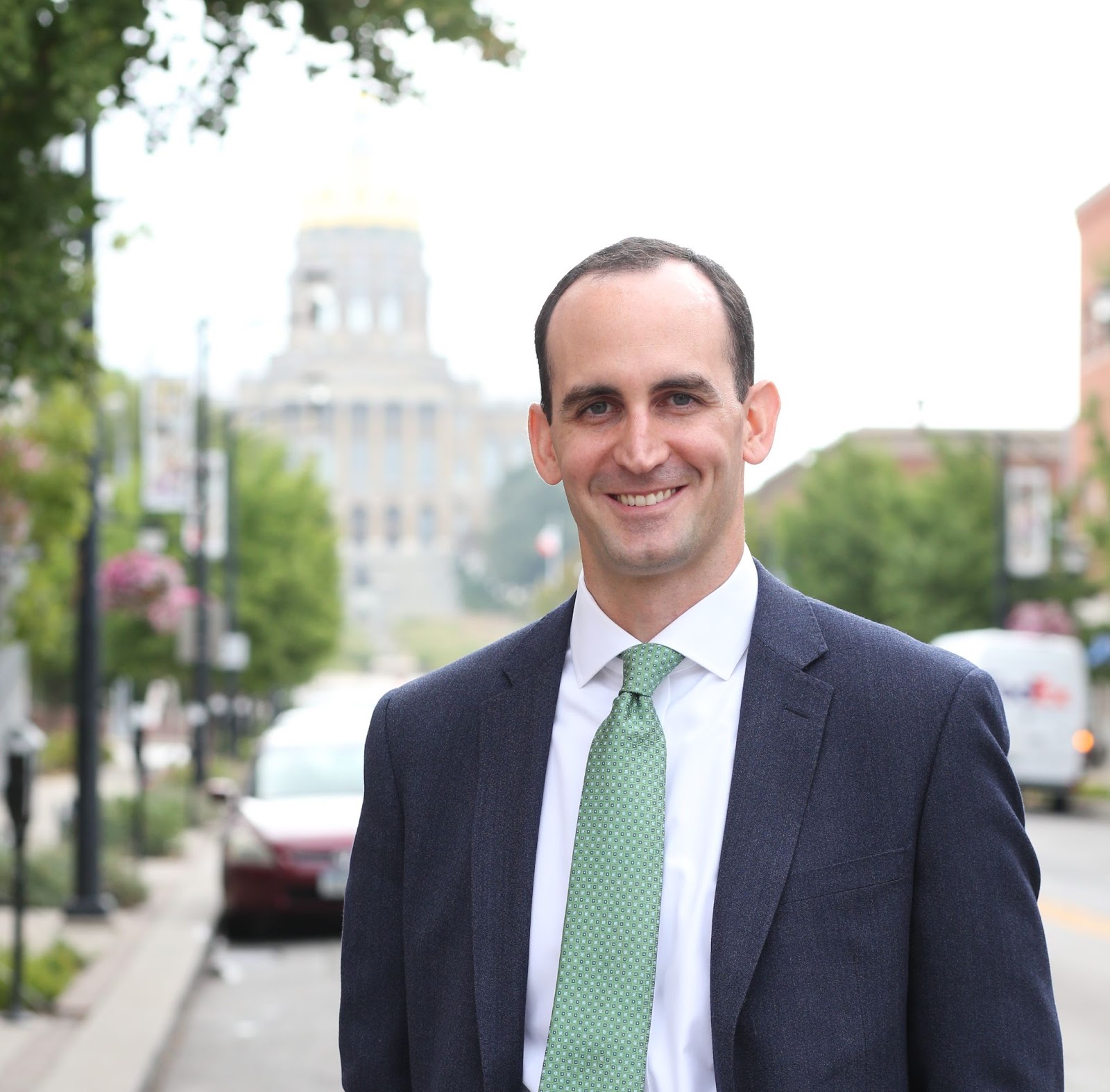
The survey of council members was conducted in mid-December, as the omicron variant of the coronavirus was taking hold.
“This really captures the level of optimism that our members have and are conveying internally in the face of omicron and what that might mean for the economy,” Murphy said. “While of course we’re not out of the woods yet, the fact we have so much optimism, so much momentum going into 2022, I can’t think of a better way to start the year.”
Despite the increased optimism, there are still big concerns, with 74% of those responding to the survey indicating hiring remains difficult or very difficult, while there are nearly 15,000 openings, just in Business Council membership, across the state.
The employment index was indicative of those concerns, showing modest growth of just 0.86%, to 67.11.
According to the report, attracting, developing and retaining a quality workforce was the No. 1 concern for the first half of 2022, followed by the cost of product and service inputs as the No. 2 concern, with unfavorable business climate resulting from the ongoing coronavirus pandemic, infrastructure, regulations and taxes ranking third.
A majority of those responding (79%) said they expect no change in supply chain conditions in the first six months of 2022, while 21% said they are expecting some improvement.
Murphy said the supply chain concerns can be directly linked to the workforce issues facing not only Iowa but the country as a whole.
“Those two items are very much interrelated,” he said. “Obviously we would hope that our members, through their suppliers and what they’re seeing every day, that those supply chain pinch points or choke points are becoming unclogged, but that’s not what our members are telling us, so that is concerning for us.”
The capital spending index jumped the most, increasing 7.11 points to 67.11, which Murphy said was a sign of increasing demand for companies’ products and services.
“While we’ve had a very cautious wait-and-see approach over the last four to six quarters … we’re seeing a significant level of spending on fixed assets, capital spending, across the board, and I think that’s great for Iowa’s businesses and Iowa’s economy,” he said.
The sales index increased by 2.37 points to 72.37.
Tim Yaggi, president and CEO of Pella Corp. and chair of the Iowa Business Council, said workforce issues will be a priority for the organization during the upcoming legislative session, scheduled to begin Monday.
“With attraction and retention of employees in mind, the IBC is focused on child care, competitive tax policy, availability of housing and workforce development during the upcoming legislative session,” he said in the report.
Murphy said the Business Council’s legislative agenda focuses on efforts to help Iowa fill the existing talent shortage.
“If we want employers to remain in our state, we must aggressively grow our population throughout Iowa,” he said. “At the federal level, immigration should play an important role in our future workforce strategies.”




